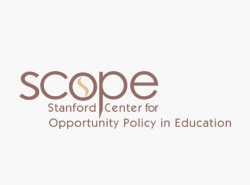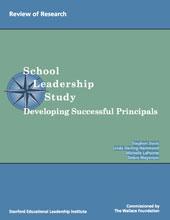Oakland Unified School District Case Study: ACORN Woodland Elementary

Kenneth Montgomery uses ACORN's success to highlight the community's role in launching schools and the promise of “re-incubation” for overcoming tremendous challenges.

Kenneth Montgomery uses ACORN's success to highlight the community's role in launching schools and the promise of “re-incubation” for overcoming tremendous challenges.

Dennis Sumara and Brent Davis approach equity from the angle of learning theory, attending to some of the dramatic developments in research and theory that have transformed the playing field of formal education.

Sharon Friesen examines how two schools with very different approaches--Eastside and Beachcroft Secondary Schools in Alberta, Canada--intellectually engage their students.

Rebecca Pringle discusses ways that unions are collaborating with parents, communities, school districts, and students to improve education and address inequities in educational opportunities for poor and minority students.

Carol Lee provides an in-depth examination of the practice of teaching, arguing that it is essential to keep sight of what teachers need to know and how they learn across careers.

Prudence Carter examines what we mean by equity in education in the 21st century through the lens of economic and educational disparities.

Diane Friedlaender follows ASCEND’s development over time and shows how the school has refined its original design to strengthen its instructional program.

Principals play a vital role in setting the direction for successful schools, but existing knowledge on the best ways to prepare and develop highly qualified candidates is sparse. What are the essential elements of good leadership?

Linda Darling-Hammond et al. draw lessons from eight exemplary programs to help other educational administration programs as they strive to develop and support school leaders.

These case studies examine eight exemplary pre- and in-service program models that address key issues in developing strong leaders.